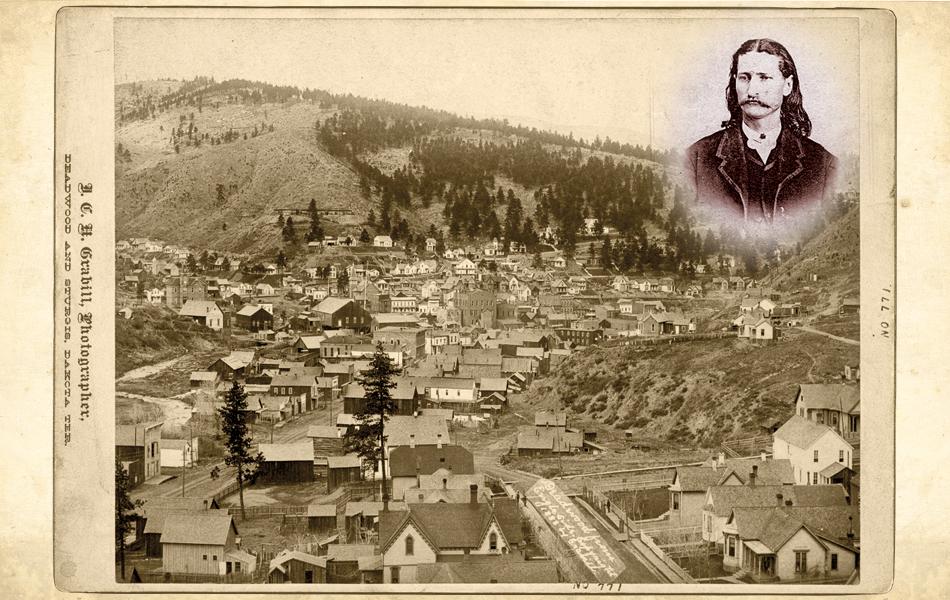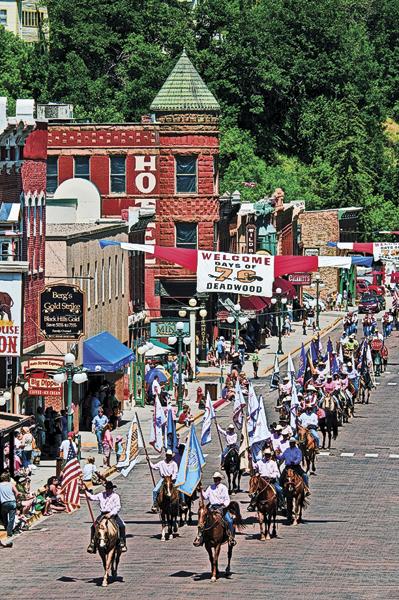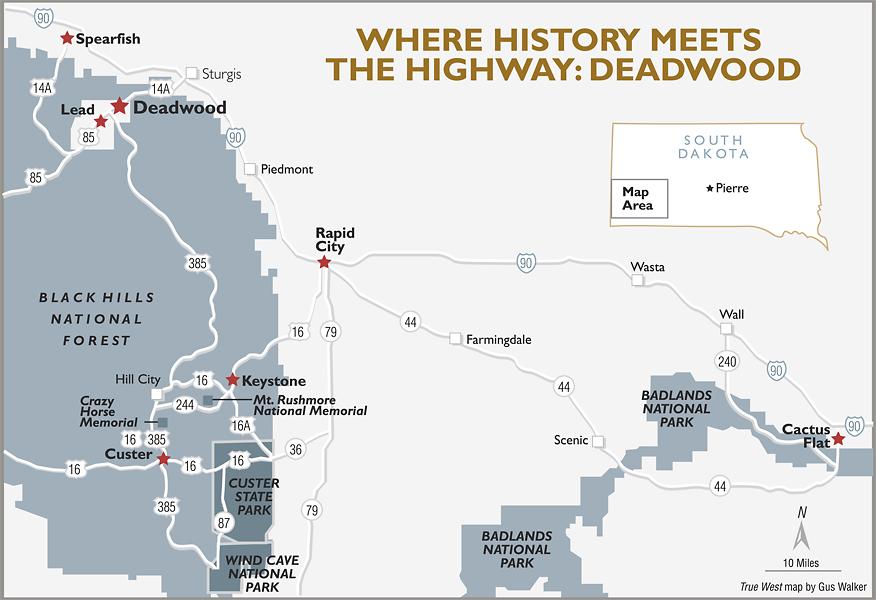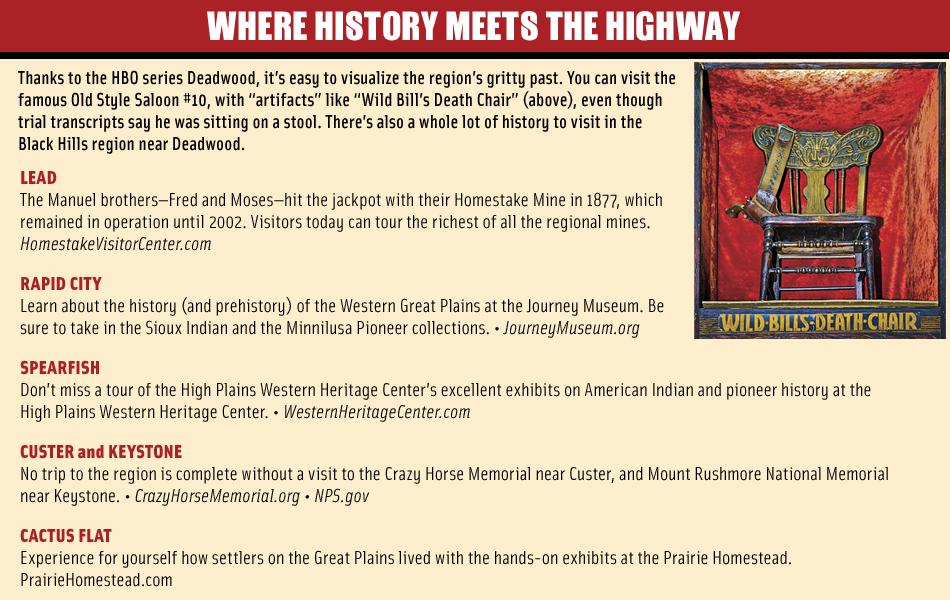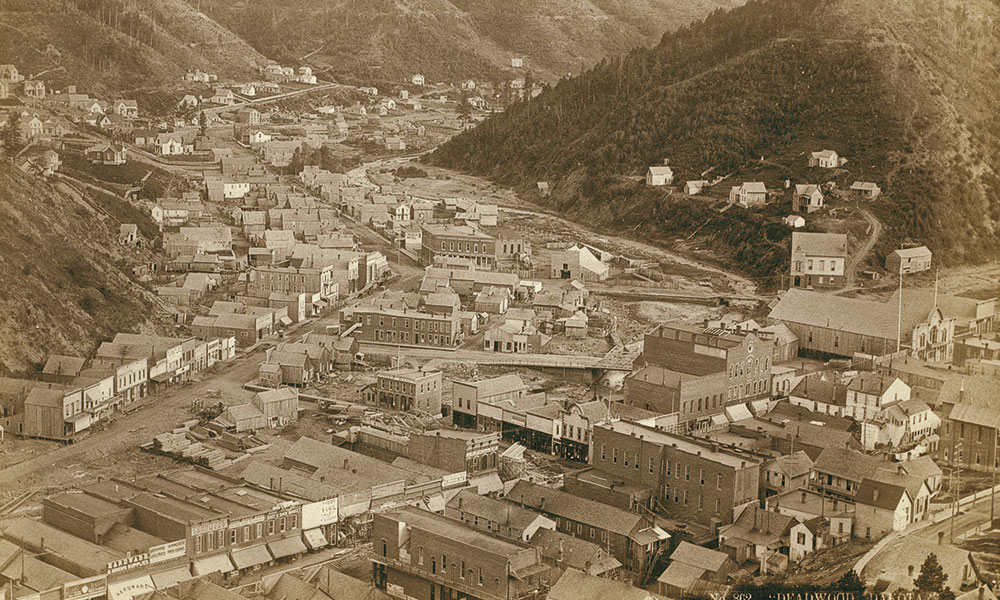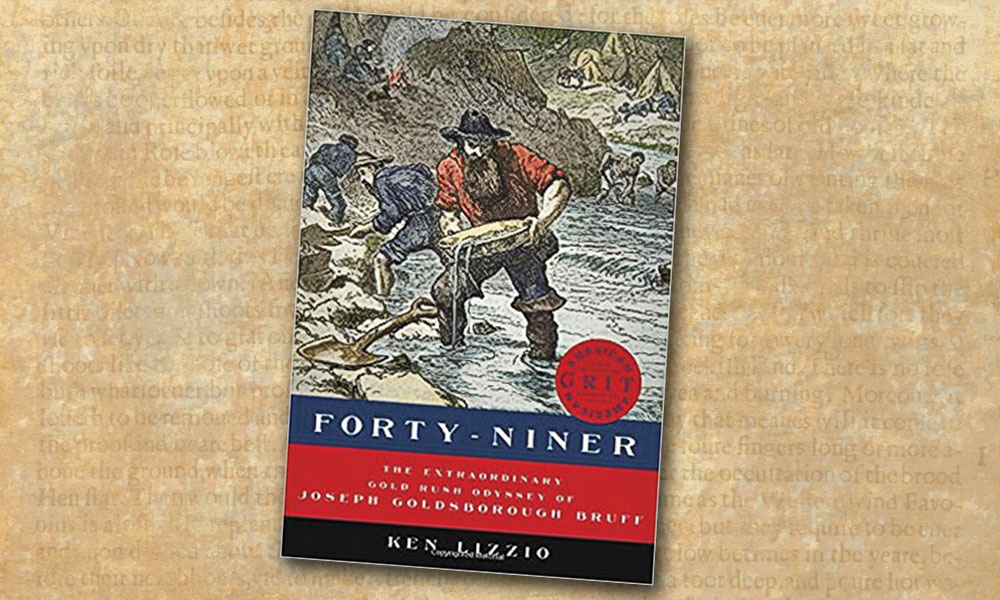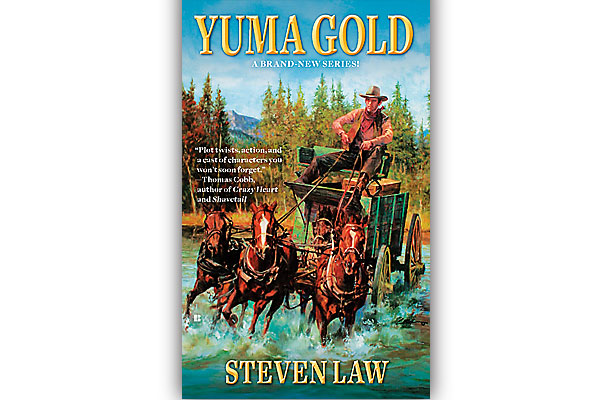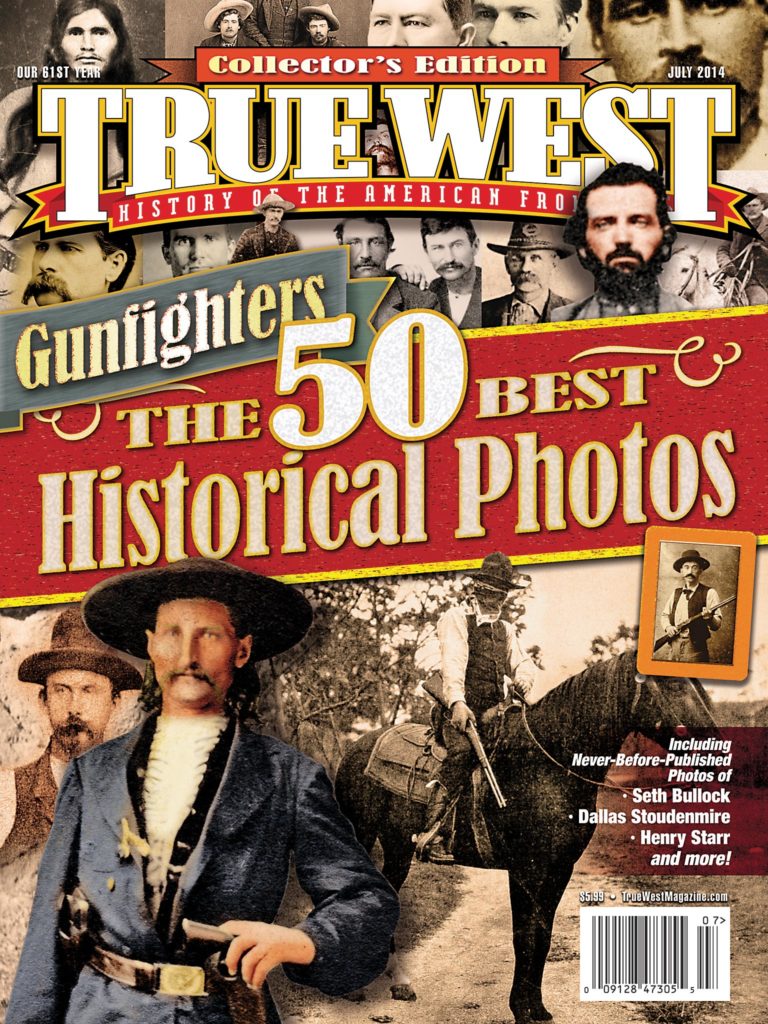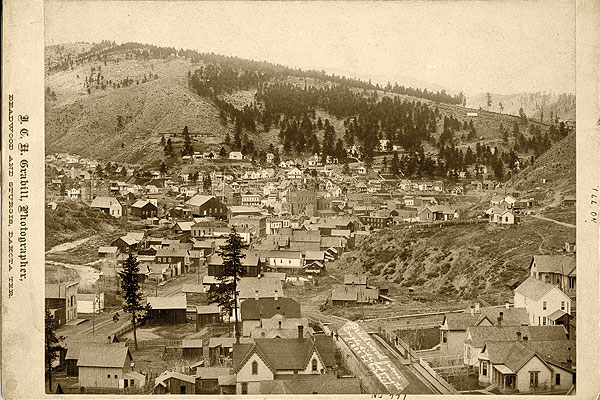 Twice Wild Bill Hickok asked to change seats with Charlie Rich at the poker table. Twice he refused.
Twice Wild Bill Hickok asked to change seats with Charlie Rich at the poker table. Twice he refused.
Although, with his back to the door and engrossed in a hand, Hickok may have noticed Jack McCall stroll into Nuttal & Mann’s Saloon on the afternoon of August 2, 1876. But Hickok did not consider McCall enough of a threat to stop playing poker. At point blank range, McCall raised his gun and fired into the back of Hickok’s head, shouting, “Damn you! Take that!”
Just like that, the man who had survived innumerable gunfights, assaults and attacks, was dead.
“Wild Bill was the icon of the day,” says Randy Christensen, director of the Deadwood Alive Gunslingers re-enactment troupe. “With all the dime novels out there, his popularity was phenomenal. People just idolized him. His [Hickok’s] death was like one of today’s top movie-stars had been murdered.”
There are several theories as to why McCall, a 20-something sometime buffalo hunter, shot Hickok. McCall claimed Hickok had killed his brother in Kansas. Some say the owners of the town’s saloons, gambling halls and brothels paid McCall to get rid of Hickok, whom they feared might take a job as sheriff and crimp their profits. But the truth was probably more mundane. After McCall lost a bundle at the poker table the day before, Hickok gave him some spare change to buy a meal and advised him to gamble more carefully next time. Apparently, McCall took it as an insult and refused the money.
Released after a short, illegal trial (no rule of law on Indian land) McCall hightailed it out of town with Hickok’s supporters on his heels. While he boasted he had killed the famed gunfighter, Hickok’s friends got McCall arrested, tried in a real court and hanged. Christensen and troupe re-create Hickok’s murder and McCall’s trial every day throughout the summer, giving visitors a dramatic lesson in Old West history.
Like many a boomtown, Deadwood was founded on gold. Even though the 1868 Treaty of Fort Laramie ceded the Black Hills region to the Lakota Sioux “forever,” the discovery of gold in 1874 (by an expedition led by Lt. Col. George Custer) changed everything. The government tried to keep the discovery a secret, but word got out and, by some estimates, more than 20,000 gold seekers made their way to the region over the next few years.
In 1875 John Pearson found gold in a narrow canyon full of dead trees, which became known as Deadwood Gulch. By 1876 the main part of the mining camp was known as Deadwood City. Located—quite illegally—on Indian land, there were no laws and no government. And that seemed to suit some folks just fine.
The lawless town attracted such icons of the Old West as Wyatt and Morgan Earp, Doc Holliday and Martha (Calamity) Jane Canary (who was buried next to Hickok in the Mount Moriah Cemetery). Other townsfolk included Al Swearengen (the ruthless owner of the Gem Theatre), and the dapper Colorado Charlie Utter, who organized and paid for Hickok’s funeral.
Seth Bullock, who served as the town’s first sheriff, spent a whopping $40,000 to build the Bullock Hotel in 1894. The three-story hotel was a model of luxury, with steam heat and indoor plumbing. Fully restored, it’s the most popular hotel in town.
With the revival of gambling in the 1980s, Deadwood has come full circle. In addition to boosting the town’s economy, gaming funds a slew of programs to restore historic buildings and preserve the old mining town’s Wild West heritage.
John Stanley, the Arizona Wildlife Federation’s 2007 Conservation Media Champion, is a former travel reporter and photographer for The Arizona Republic.
Photo Gallery
– Courtesy Library of Congress –
– by Chad Coppess/Courtesy South Dakota Dept. of Tourism –


